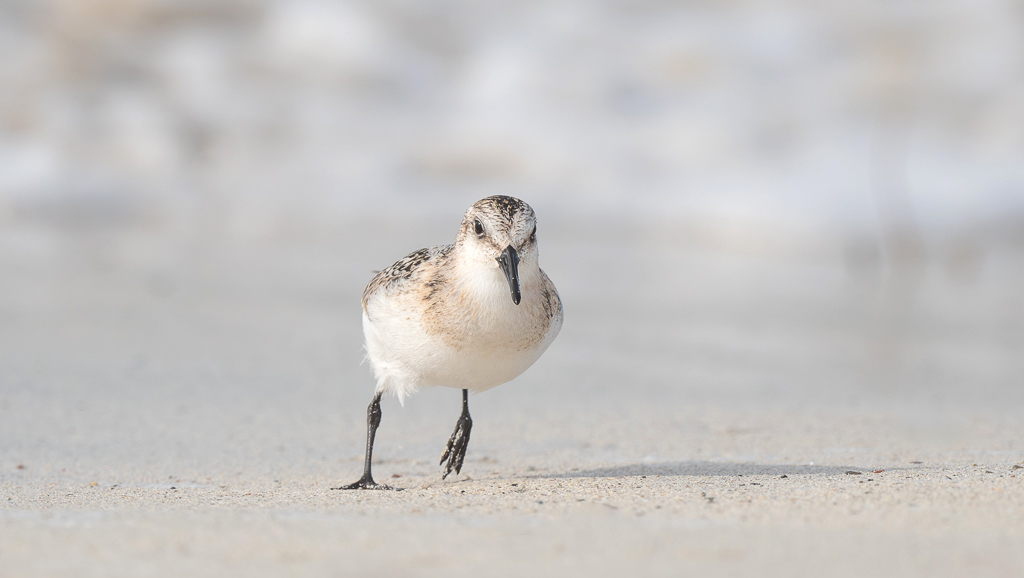
Waders on the Sands
Perhaps the highlight of the day for me, although the landscape views across to Mull and beyond were very special, was coming across a small group of waders on Traigh-na-Criche (Boundary Strand) on the north of the island.

Perhaps the highlight of the day for me, although the landscape views across to Mull and beyond were very special, was coming across a small group of waders on Traigh-na-Criche (Boundary Strand) on the north of the island.
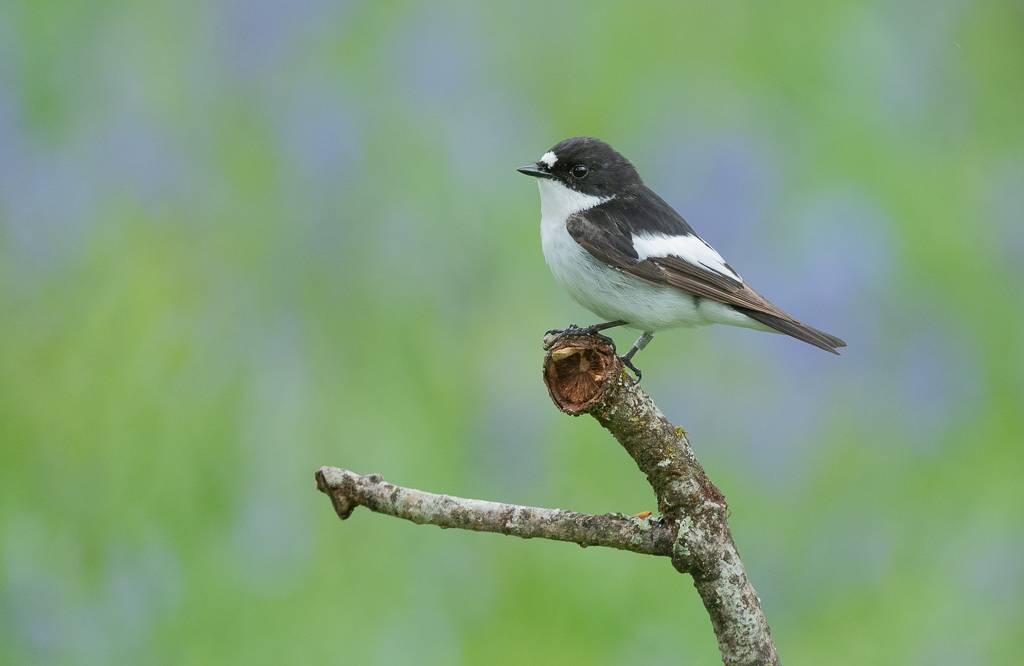
Another trip to the magical Dinas again on the weekend, this time with the Glamorgan Bird Club. Friendly faces and always good to chat with like minded folk.
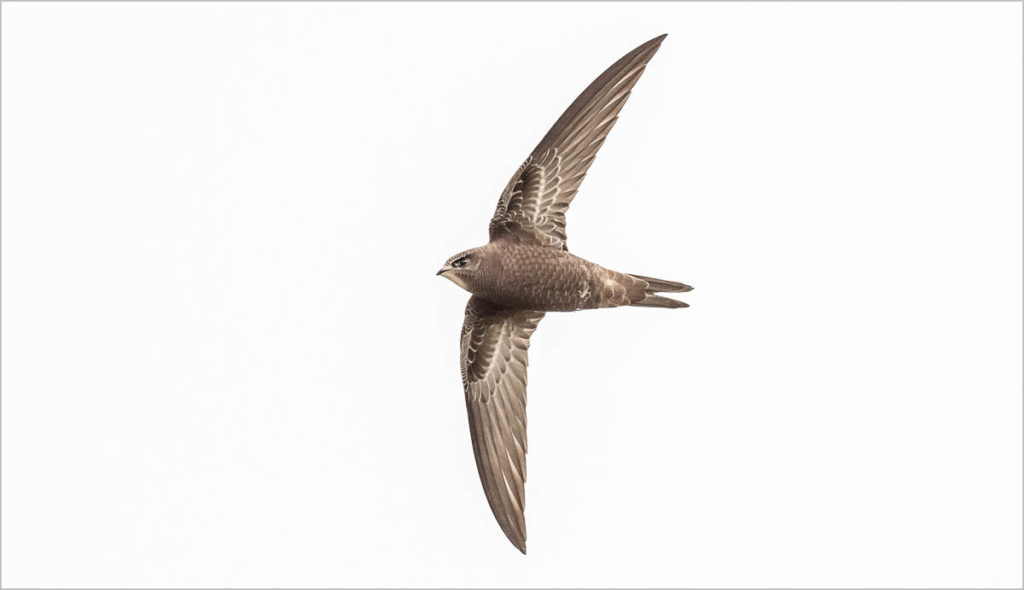
Over a difficult summer I’ve not been able to do half as much work as I would have wanted, Covid and other problems have meant far fewer hours out and about, but when in Liverpool, helping out with mum after the first lockdown, I was able, on a good number of evenings, to spent time with Swifts.
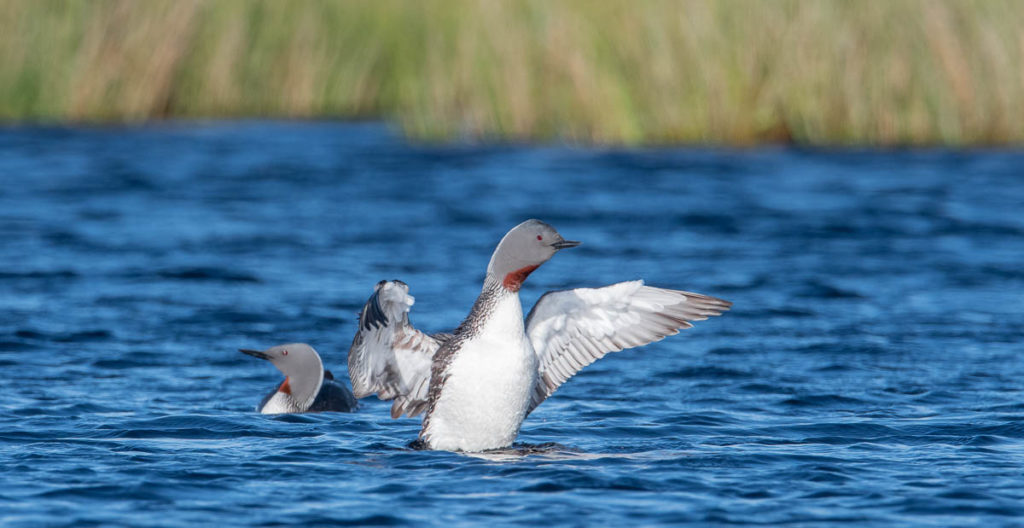
Mellon Udrigle is a small crofting settlement strung along the western shore of Gruinard Bay. Suilven and the mountains of Coigach dominate the view from a turquoise sea and a pristine beach of broad white sand.
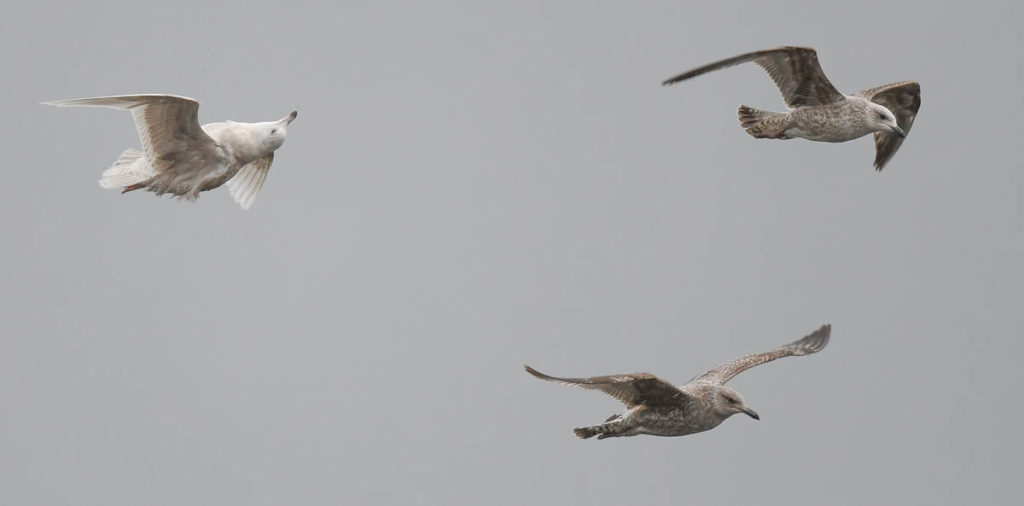
On the Saturday we arrived, whilst in the hide at Fishnish we got onto a second winter Iceland Gull whilst scanning the 80 or so gulls around the fish farms a couple of hundred meters or so off shore. It gave fine scope views but was far to distant for any photography.
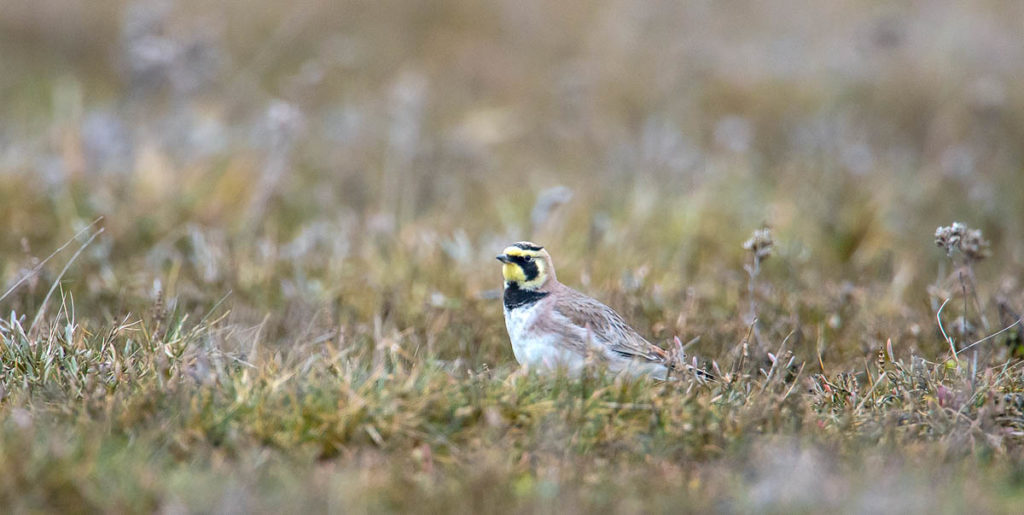
Winter in Norfolk brings vast skies and some great birds. I’ve visited the north Norfolk coast on a few occasions in the last year or so sometimes as part of bird race with friends (good company and good birding and if you’re up for a year list, gets you off to a flying start with well over a hundred species possible in a few days) and sometimes on my own.
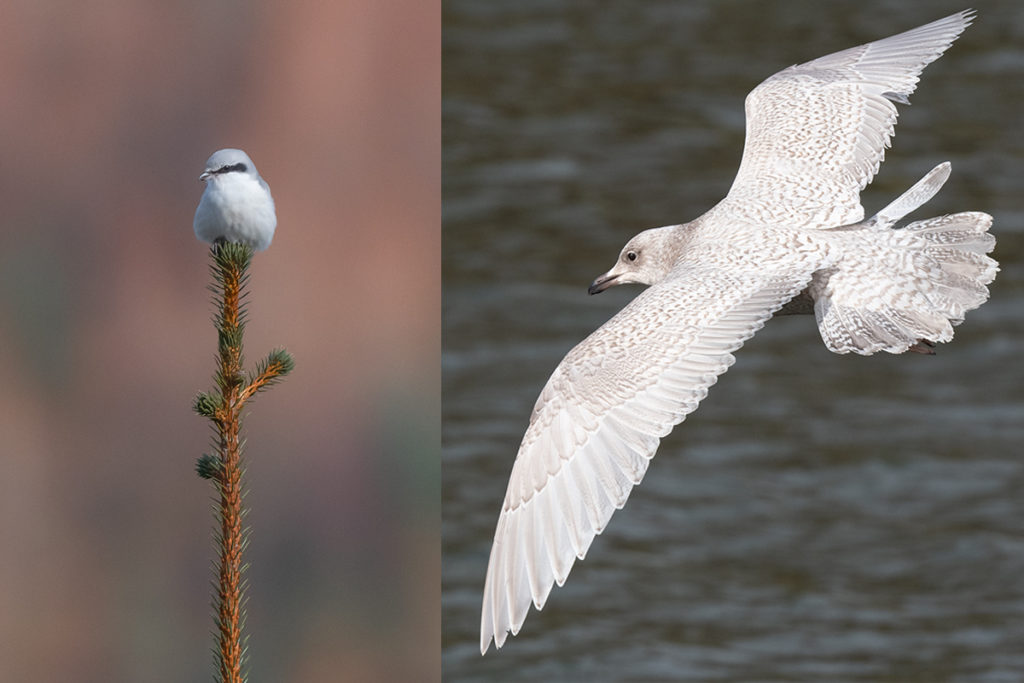
Two fine birds at two very different locations in the morning and afternoon; Kumlien’s Gull at Port Talbot and Great Grey Shrike at Garwnant, and both showed really well.
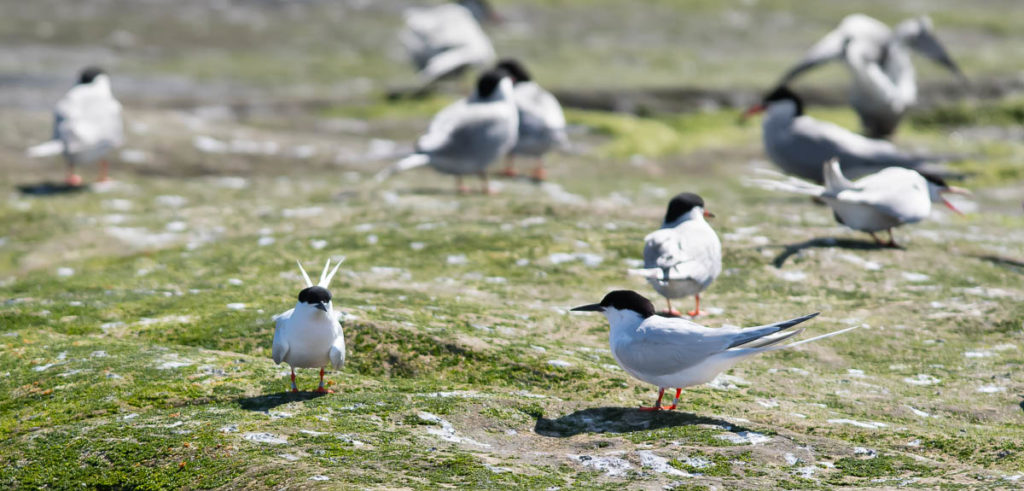
A very different experience to most of the islands I’ve been to was the trip to Coquet Island off the Northumberland Coast. It’s managed by the RSPB and landing is not permitted. Its lure is the Roseate Terns and of course Puffins.
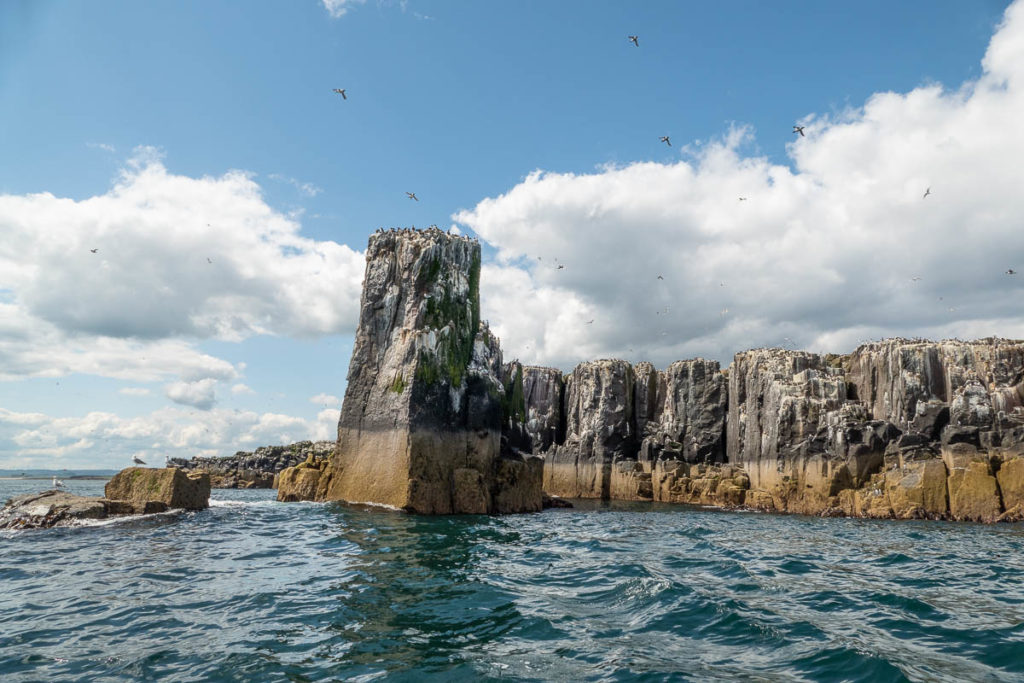
The Farne Islands; a group of between 20 and 30 islands, how many depends on the state of the tide; one and a half to nearly five miles off the mainland; resistant igneous Dolerite; home to over 100,000 seabirds. I’d not visited them since childhood and had very mixed emotions after standing on them for the first time in over 50 years.
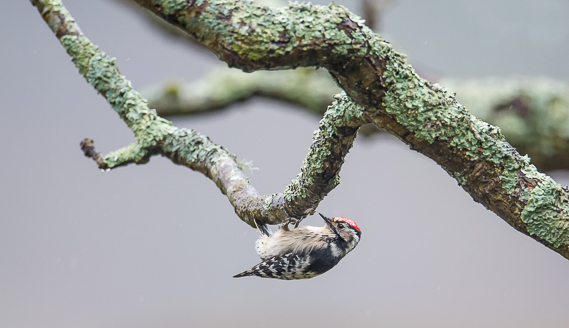
The Lesser Spotted Woodpecker is not an easy bird to see or photograph. I’ve been to quite a few locations over the years where they are known to breed (and it’s never easy to be 100% sure of that!) but never even caught sight of them. ‘A shy bird of the high canopy’ is often how bird books will describe them.
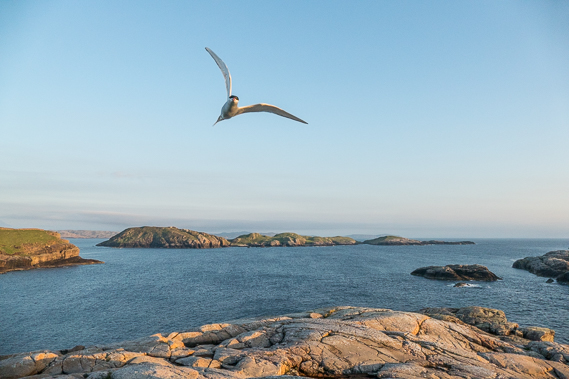
This was a place we found by simply driving to the end of what was possible. We’d been down all the small roads off the road north from Kinlochbervie; Oldshoremore, Droman, the wonderful Bagh a’ Phollain.
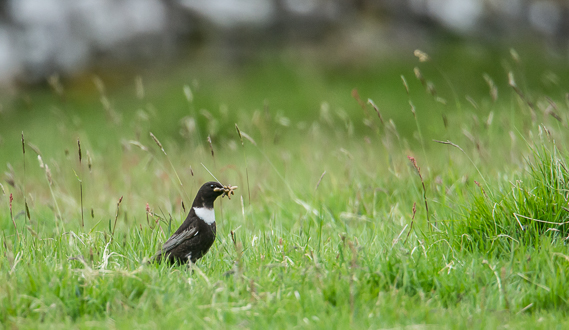
You sometimes get days when everything seems to be just right, I remember one at Firemore Sands some years ago when the dramatic weather played back drop to ten Black-throated Divers, Gannets diving in the bay, terns all around and surfing Red-breasted Mergansers. I had another one recently on our journeys around Scotland.
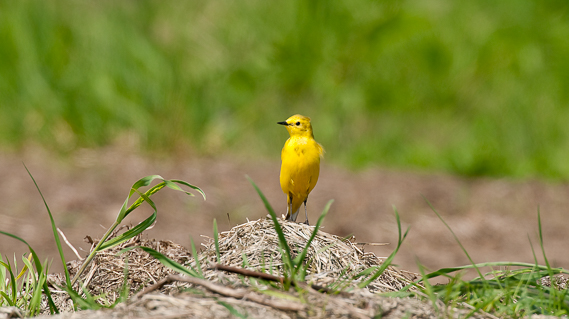
There are certain birds that simply push all the buttons; for many they may be birds of prey, Divers, (see post here) Puffins, Gannets, and perhaps the diminutive Goldcrest and Firecrest.
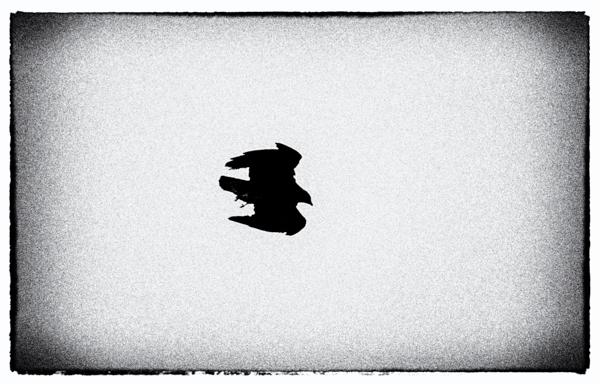
My brother Phil had just come back from Mull and had told of a golden eagle eyrie very close to the single road that runs through Glen More. He’d also been lucky enough to see it take a live lamb off the hillside in front of the eyrie and return it to the then small eaglet sitting tight and out of sight in what had become known as the ‘smiling rock’, due to the shape of the crag under which the eyrie lay.
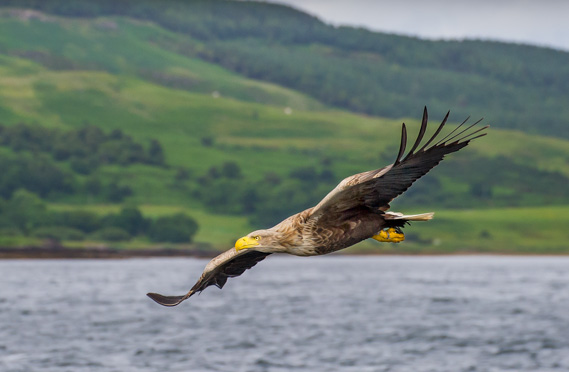
Just a quick post firstly to apologise for the lack of activity on the site and secondly to preview a few images from a recent trip to Scotland.
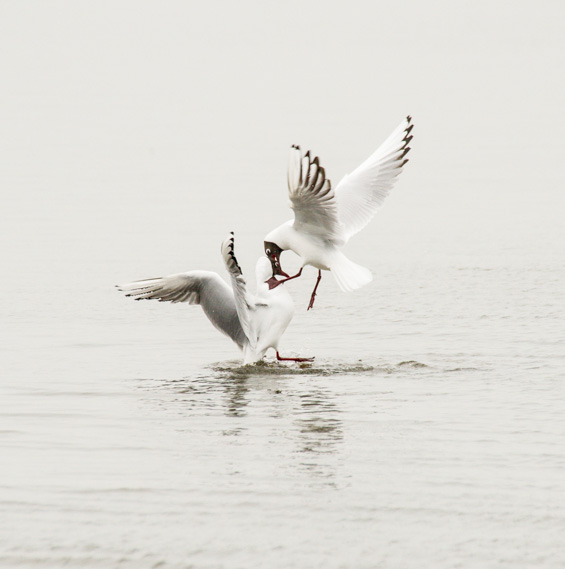
Simply a great place to be during this time of the year. Avocets, godwits, gulls and lots of squabbling – wish I lived closer!
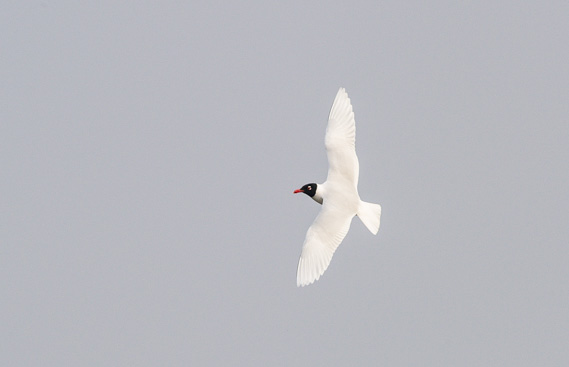
The changing landscape of bird populations within Britain makes for interesting reading and Marshside, close to Southport, has seen some very interesting trends over the twenty or so years its been in the care of the RSPB.
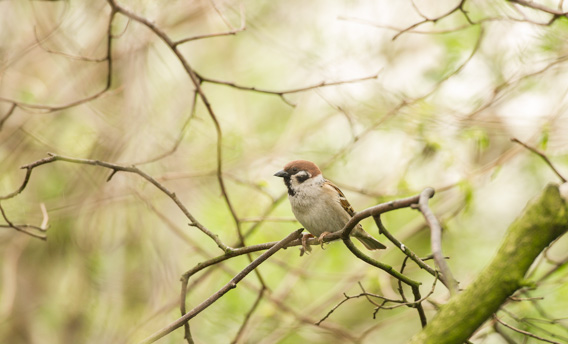
Just back from the North West after doing a small piece for BBC Countryfile (more on that later) and managed a few day out with the camera and collecting more material for the WALK project in the summer. This first post concentrates on a few hours I spent with the tree sparrows at Martin Mere and the decline of the sparrows of this country.
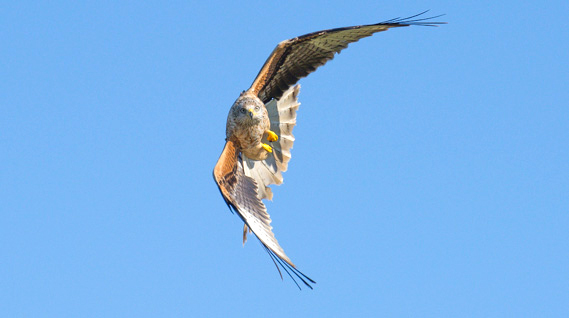
I’ve been to Gigrin and Bwlch Nant yr Arian to photograph the red kites, but never to Llanddeusant. It’s a lot quieter than the other two, the sun’s behind you and the hides are very good for viewing but more importantly they’re excellent for photography.